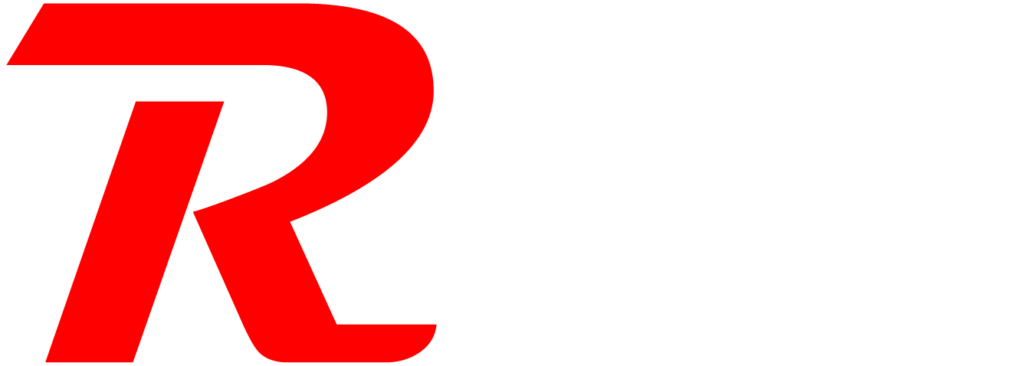In the fiercely competitive world of marketing, understanding your audience is the key to successful campaign strategies. But how can you truly crack the code of your target market? The answer lies in marketing research audience profiling. By delving deep into consumer behavior, preferences, and demographics, this powerful tool unveils the secrets to effectively engage and convert your target audience.
With the advent of digital marketing, audience profiling has become even more crucial. In an era where consumers are inundated with countless advertisements every day, it is essential to cut through the noise and deliver personalized messages that resonate with your specific audience. By analyzing data from various sources and conducting in-depth research, audience profiling enables marketers to identify key insights and develop laser-focused strategies to capture their target market’s attention.
In today’s blog, we will dive into the world of marketing research audience profiling, exploring its importance, methodologies, and case studies that highlight its remarkable impact on campaign success. Whether you’re a seasoned marketer or just starting out, join us as we uncover the secrets to cracking the code and revolutionizing your marketing efforts.

The Importance of Marketing Research Audience Profiling
Marketing research serves as the foundation for informed decision-making in the ever-evolving landscape of marketing. It provides valuable insights into consumer behavior, market trends, and competitor analysis, enabling businesses to stay ahead of the curve. Without a deep understanding of your target audience, your marketing efforts may fall flat, wasting resources and missing out on potential opportunities.
Market research audience profiling plays a crucial role in marketing research by providing a comprehensive understanding of the target market. It allows marketers to segment their audience based on various characteristics such as demographics, psychographics, and behavioral patterns. This segmentation enables businesses to tailor their marketing strategies and messages to specific groups, increasing the effectiveness and efficiency of their campaigns.
What is Audience Profiling
Audience profiling, also known as customer profiling or persona development, is the process of creating detailed descriptions of your target audience. It involves collecting and analyzing data on various aspects of your audience, including their demographics, psychographics, preferences, and behaviors. By understanding who your audience is, what motivates them, and how they interact with your brand, you can create personalized marketing campaigns that resonate with their needs and desires.
Audience profiling goes beyond basic demographic information such as age, gender, and location. It delves into the mindset of your audience, exploring their values, aspirations, and pain points. This deeper understanding allows marketers to craft messages that emotionally connect with their audience, driving engagement and loyalty.
Benefits of Audience Profiling in Marketing Research Audience Profiling
Audience profiling offers numerous benefits to marketers seeking to optimize their marketing efforts. By investing time and resources into audience profiling, businesses can unlock the following advantages:
- Targeted Marketing: Audience profiling enables marketers to identify specific segments within their target market and tailor their messages accordingly. By focusing on the needs and preferences of these segments, marketers can create targeted campaigns that resonate with their audience, leading to higher engagement and conversion rates.
- Enhanced Customer Experience: By understanding your audience’s preferences, pain points, and motivations, you can deliver a more personalized and relevant customer experience. This can include tailored content, personalized offers, and improved customer support, all of which contribute to increased customer satisfaction and loyalty.
- Cost Efficiency: By targeting specific segments within your audience, you can optimize your marketing budget and resources. Rather than adopting a one-size-fits-all approach, audience profiling allows you to allocate your resources where they will have the most impact, reducing wasteful spending and maximizing your return on investment.
Types of Audience Profiling Techniques
Marketing research audience profiling encompasses various techniques and methodologies to gather data and insights about your target audience. Here are some commonly used techniques:
1. Surveys and Questionnaires
Surveys and questionnaires are a popular method for collecting data directly from your audience. These can be conducted online, through email, or in-person. Surveys allow you to ask specific questions about demographics, preferences, and behavior, providing valuable insights into your audience’s mindset.
2. Social Media Listening
Social media platforms offer a wealth of information about your audience’s opinions, preferences, and interests. By monitoring conversations, analyzing hashtags, and tracking brand mentions, you can gain valuable insights into your audience’s behavior and sentiments.
3. Customer Interviews and Focus Groups
Interviews and focus groups provide an opportunity to have direct conversations with your audience. These qualitative research methods allow you to delve deeper into their motivations, pain points, and desires. By conducting structured interviews or facilitating group discussions, you can gather rich insights that go beyond quantitative data.

Collecting Data for Audience Profiling
Collecting data for audience profiling requires a systematic approach to ensure accuracy and reliability. Here are some key steps to consider when collecting data:
- Identify your research objectives: Clearly define what you want to achieve with your audience profiling efforts. This will guide your data collection process and ensure you gather relevant information.
- Select appropriate data collection methods: Choose the methods that best align with your research objectives and target audience. This may include a combination of surveys, social media monitoring, customer interviews, and data analysis.
- Ensure data quality: To obtain accurate insights, it is important to collect high-quality data. This involves using validated survey instruments, ensuring data privacy and security, and minimizing biases in data collection.
- Leverage technology: Take advantage of technology and tools to streamline data collection and analysis. This includes using online survey platforms, social media monitoring tools, and data analytics software to efficiently gather and interpret data.
Analyzing and Interpreting Audience Profiling Data
Once you have collected the necessary data for audience profiling, the real work begins – analyzing and interpreting the data to extract meaningful insights. Here are some steps to guide you through the process:
- Data cleaning and preparation: Scrub the data to remove any errors, inconsistencies, or missing values. Ensure that the data is properly formatted and ready for analysis.
- Segmentation: Divide your audience into distinct segments based on common characteristics or behaviors. This allows you to target each segment with specific marketing strategies and messages.
- Data analysis techniques: Utilize statistical analysis techniques, such as clustering, regression, and factor analysis, to identify patterns, relationships, and trends within your data. This helps uncover insights that guide your marketing strategies.
- Interpretation: Interpret the findings from your data analysis in the context of your research objectives and target audience. Look for actionable insights that can inform your marketing campaigns and strategies.
- Visualization: Present your findings in a visually appealing and easy-to-understand format. Utilize charts, graphs, and infographics to communicate key insights effectively to stakeholders.
Getting Started With Marketing Research Audience Profiling
If you are ready to segment your audience and learn how to gain results, call R Marketing Department in Clearfield, UT. Our team specializes in creating custom marketing strategies designed to drive results to your business. Call today, 801-784-7600

